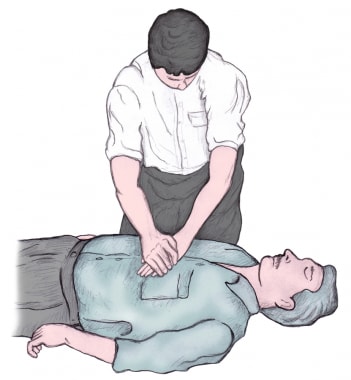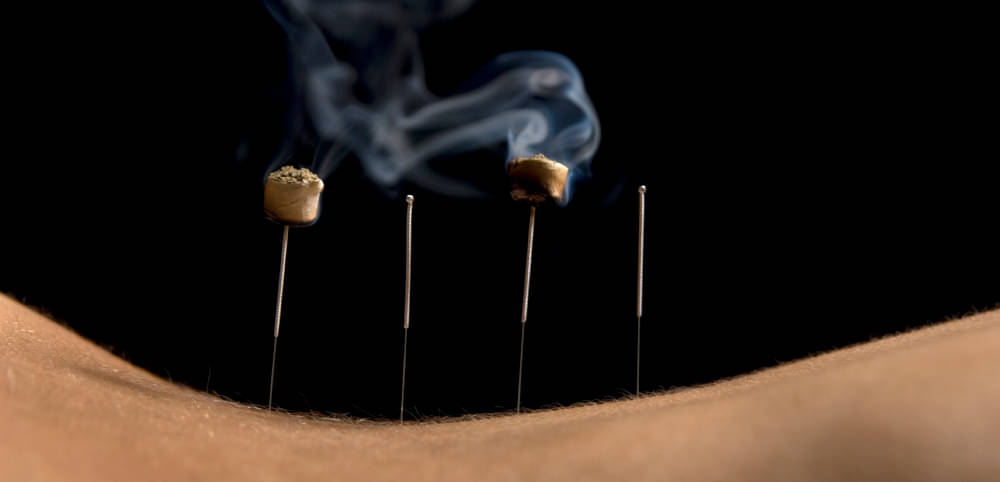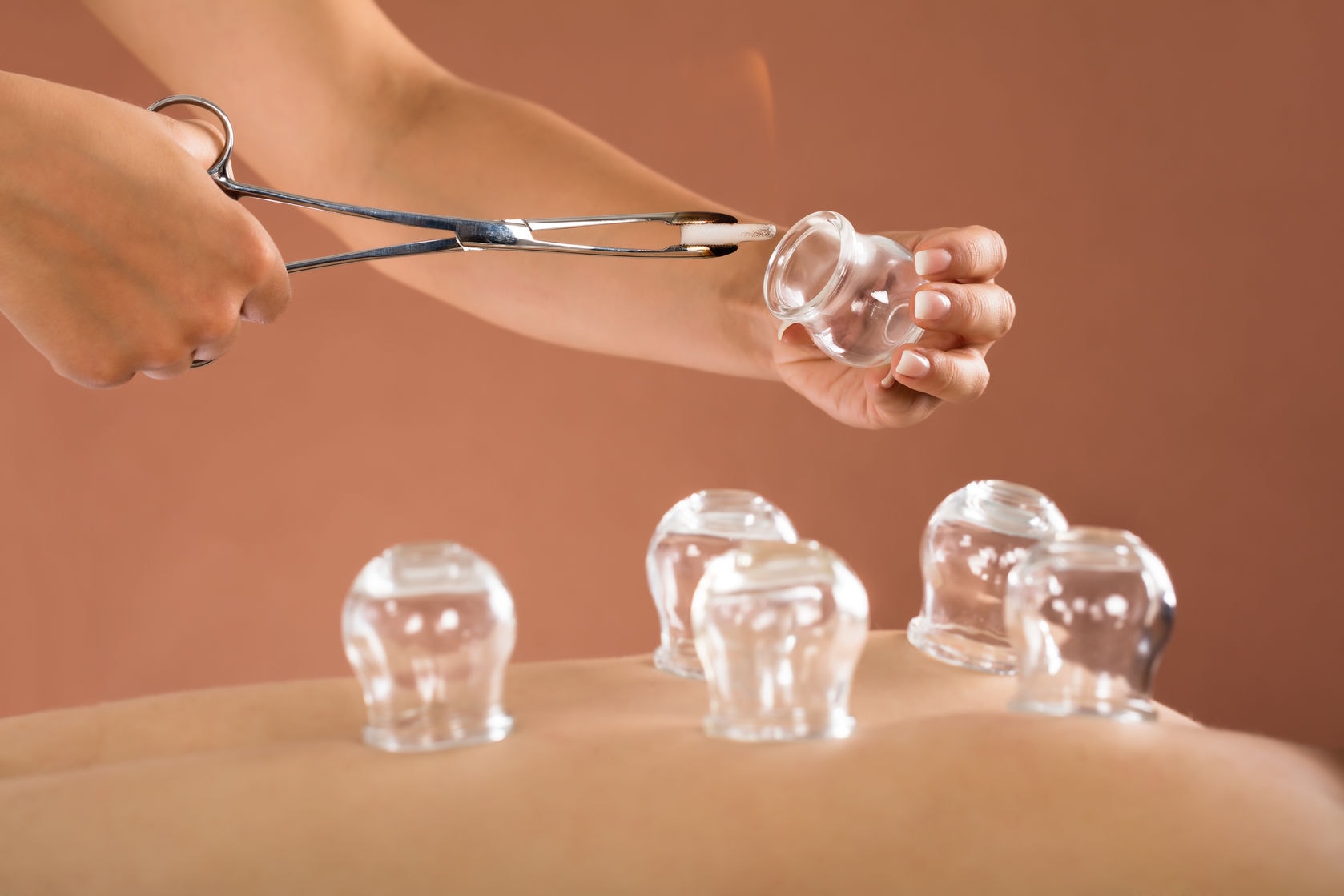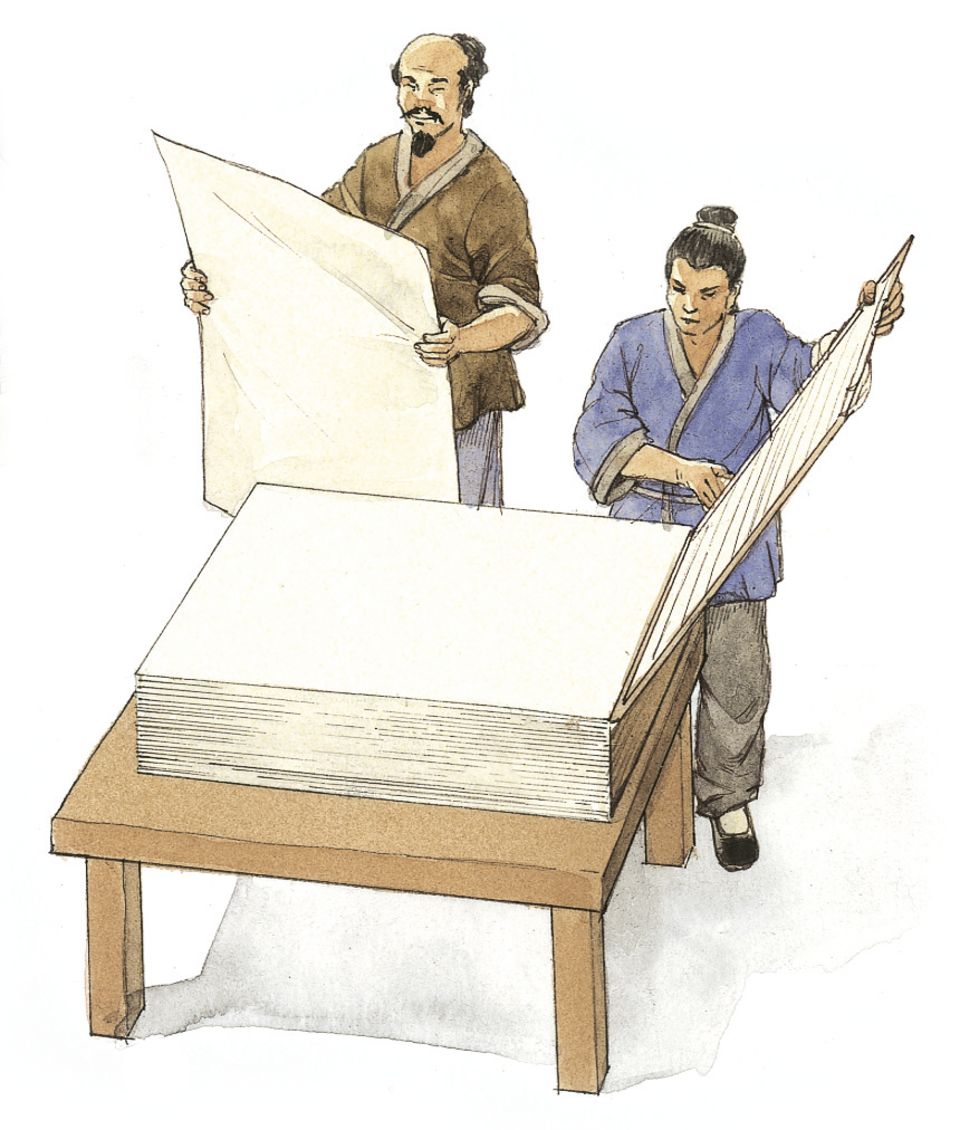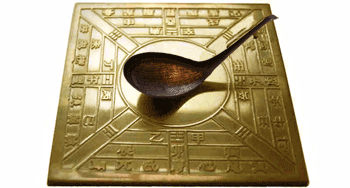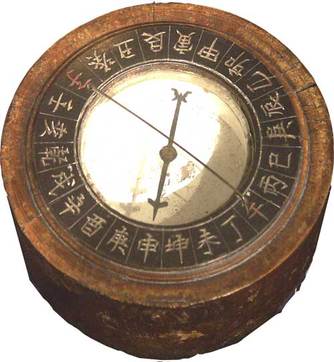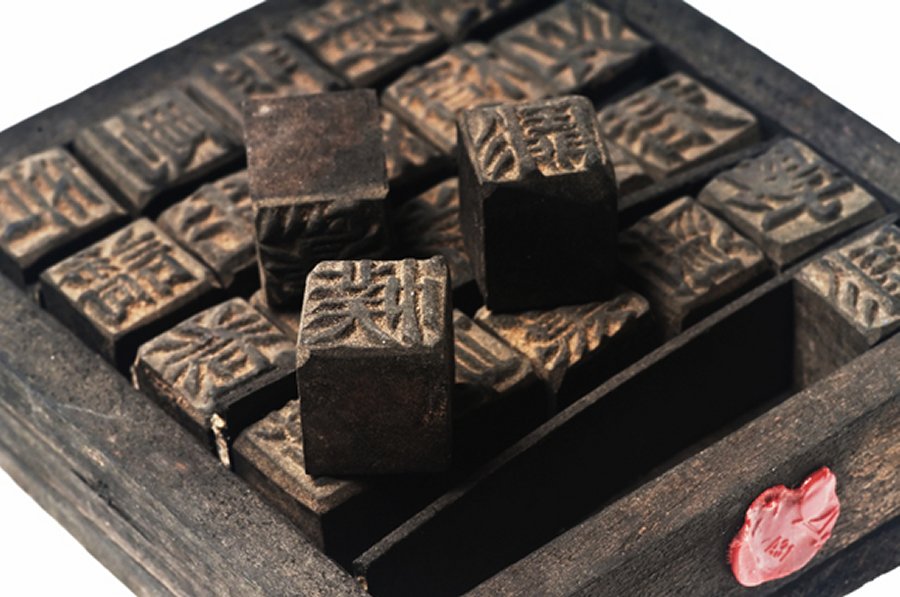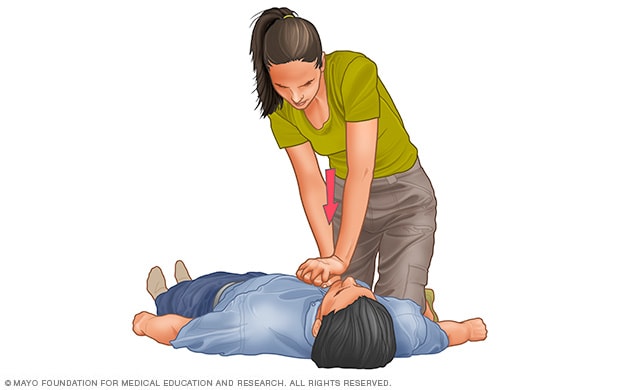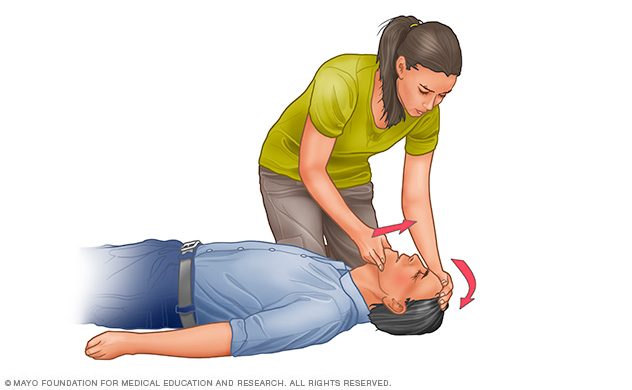1. Menyelesaikan hutang yang sedia ada dan tidak membuat hutang yang baru
Kita perlu mengenal pasti hutang yang sedia ada terlebih dahulu sebelum menyusun strategi untuk menjelaskan komponen-komponen hutang yang ditanggung. Kita perlu menganalisa dan mengirakan jumlah faedah yang perlu dibayar untuk menjelaskan sesuatu hutang tersebut. Pada lumrahnya, hutang yang dikenakan kadar faedah yang paling tinggi seperti hutang kad kredit perlu dilunaskan dengan lebih cepat berbanding dengan hutang yang lain seperti pinjaman untuk membeli rumah atau overdraf. Hal ini demikian kerana kegagalan untuk menjelaskan hutang kad kredit dalam tempoh masa tertentu akan dikenakan caj tambahan atas kelewatan tersebut. Hutang yang dikenakan kadar faedah yang tinggi akan meningkatkan lagi jumlah bayaran pokok dan bayaran faedah semasa sesuatu hutang tersebut dijelaskan. Kita seharusnya menggunakan sumber kewangan yang sedia ada dengan maksimum untuk menyelesaikan hutang yang ditanggung berbanding dengan cara membuat pinjaman yang baru seolah-olahnya untuk menjelaskan hutang yang terdahulu.
Membayar hutang mengikuti tempoh yang telah ditetapkan
Kita perlu membayar pinjaman atau melunaskan hutang apabila sudah samapai tarikh matang. Hal in demikian kerana kita akan dikenakan caj lebihan sebagai denda sekiranya kita dapat menjelaskan hutang pada tarikh yang telah pun ditetapkan. Sehubungan dengan itu, kita bukan sahaja perlu menanggung caj lebihan tersebut, malahan rekod pembayaran tersebut akan dihantar oleh bank atau institusi kewangan tersebut kepada Bank Negara Malaysia. Hal ini akan secara tidak langsung akan mencemarkan reputasi kita dan kemungkinan besar kita akan menghadapi kesusahan untuk membuat pinjaman semula dengan bank atau institusi kewangan yang sama atau yang lain. Sekiranya jumlah hutang yang ditanggungkan oleh seseorang itu melebihi RM30000 dan tidak dilunaskan mengikut ketepatan pihak pemiutang, maka seseorang itu akan dikenakan tindakan undang-undang dan berakhir dengan kebankrapan. Hal ini sudah pastilah akan menjejaskan lagi profil peribadi dan kemungkinan besar akan diberhentikan kerja serta-merta.
2. Amalan menabung
Pendidikan kewangan peribadi menumpukan kepada aspek keperluan seseorang untuk mengamalkan tabiat menyimpan atau menabung. Tabiat mulia ini bertujuan untuk menggalakkan orang ramai untuk menyimpan dan menabung secaranya amnya demi penggunaan atau perbelanjaan pada masa hadapan atau pada saat-saat berlakunya kecemasan. Dengan adanya sejumlah simpanan, kita tidak perlu tergesa-gesa untuk mencari sumber-sumber lain untuk membayai sesuatu perbelanjaan. Misalnya, kita tidak perlu membuat pinjaman atau berhutang dengan institusi-institusi kewangan atau terpaksa menjual harta atau aset-aset yang lain semata-mata untuk memenuhi keperluan perbelanjaan yang mendesak atau kecemasan. Amalan menabung juga boleh membantu kita untuk membina kekayaan di mana kita boleh memanfaatkan sebahagian daripada hasil tabungan tersebut untuk membuat pelaburan yang menjaminkan hasil yang positif dengan mengambil kira risiko-risiko seperti kemelesetan ekonomi, inflasi, ketidakstabilan dan sebagainya
Membezakan antara barang keperluan atau kehendak
Konsep asas dalam belanjawan ialah konsep kehendak dan kemahuan. Keperluan ialah sesuatu diperlukan untuk hidup seperti air dan makanan. Manakala kehendak pula keinginan terhadap sesuatu tetapi kita masih boleh hidup tanpanya. Antara contohnya ialah menonton wayang, melancong, hiburan dan barang mewah.
3. Menyediakan bajet atau belanjawan terlebih dahulu sebelum berbelanja
Konsep yang amat signifikan dan perlu dipegang semasa menyediakan bajet ialah kita perlu membezakan antara barang keperluan dengan barang kehendak. Barang keperluan merupakan barangan yang diperlukan oleh kita untuk meneruskan hidup seperti air dan makanan. Manakala, barang kehendak merupakan barangan yang dapat memenuhi keinginan and nafsu kita untuk tujuan keselesaan seperti barangan mewah, melancong, telefon bimbit yang berjenama dan sebagainya. Kita juga menyediakan senarai barang yang hendak dibeli selepas pergi pusat beli-belah atau pasar raya. Senarai tersebut hanya mengandungi barangan keperluan yang perlu dibeli sahaja. Seterusnya, kita akan membeli barangan yang disenaraikan terlebih dahulu sahaja. ‘Window shopping’ akan menyebabkan pembaziran dan keborosan dalam perbelanjaan. Jadi, kita perlu mengamalkan tabiat berbelanja secara berhemat iaitu mengikut kemampuan kita dan tidak berbelanja melebihi pendapatan.
4. Mempelajari ilmu pengetahuan tentang pengurusan kewangan
Penyediaan bajet atau belanjawan merupakan kaedah paling efisien dalam pengurusan kewangan. Dalam proses penyediaan bajet, seseorang perlu mengetahui cara dan ilmu tentang pengurusan kewangan perlu dipelajari. Pengetahuan mengenai pengurusan kewangan membolehkan membuat keputusan kewangan yang baik dan bijak. Pengetahuan tentang pengurusan kewangan boleh diperolehi melalui pendidikan kewangan yng dianjurkan oleh persatuan-persatuan pengguna, internet, laman sesawang, institusi kewangan dan agensi-agensi lain yang berkaitan. Tambahan pula, buku-buku dan jurnal-jurnal tentang pengurusan kewangan juga boleh didapati dengan mudah. Antara laman sesawang yang mendedahkan pendidikan tentang pengurusan kewangan atau program pendidikan pengguna ialah bnm.gov.my/consumeralert, akpk.org.my, bankinginfo.com.my, insuransinfo.com.my serta Islamicfinance info.com.my. Sehubungan dengan itu, penyertaan program-program tersebut akan menambahkan lagi maklumat, ilmu pengetahuan dan kefahaman kita tentang pengurusan kewangan peribadi dan isi rumah yang lebih strategik. Selain itu, terdapat juga laman sesawang yang memberi khidmat nasihat tentang produk serta perkhidmatan yang didesediakan oleh institusi perbankan, insurans ataupun Takaful. Misalnya, laman sesawang bankinginfo.com.my telah menunjukkan perbandingan antara fi dengan caj yang akan dikenakan oleh institusi-institusi kewangan. Portal rasmi Bank Negara Malaysia juga memberi peringatan serta nasihat kepada para pengguna supaya berhati-hati dalam membuat keputusan untuk mendapatkan perkhidmatan kewangan yang ditawarkan oleh pihak atau institusi kewangan yang tidak berlesen.
